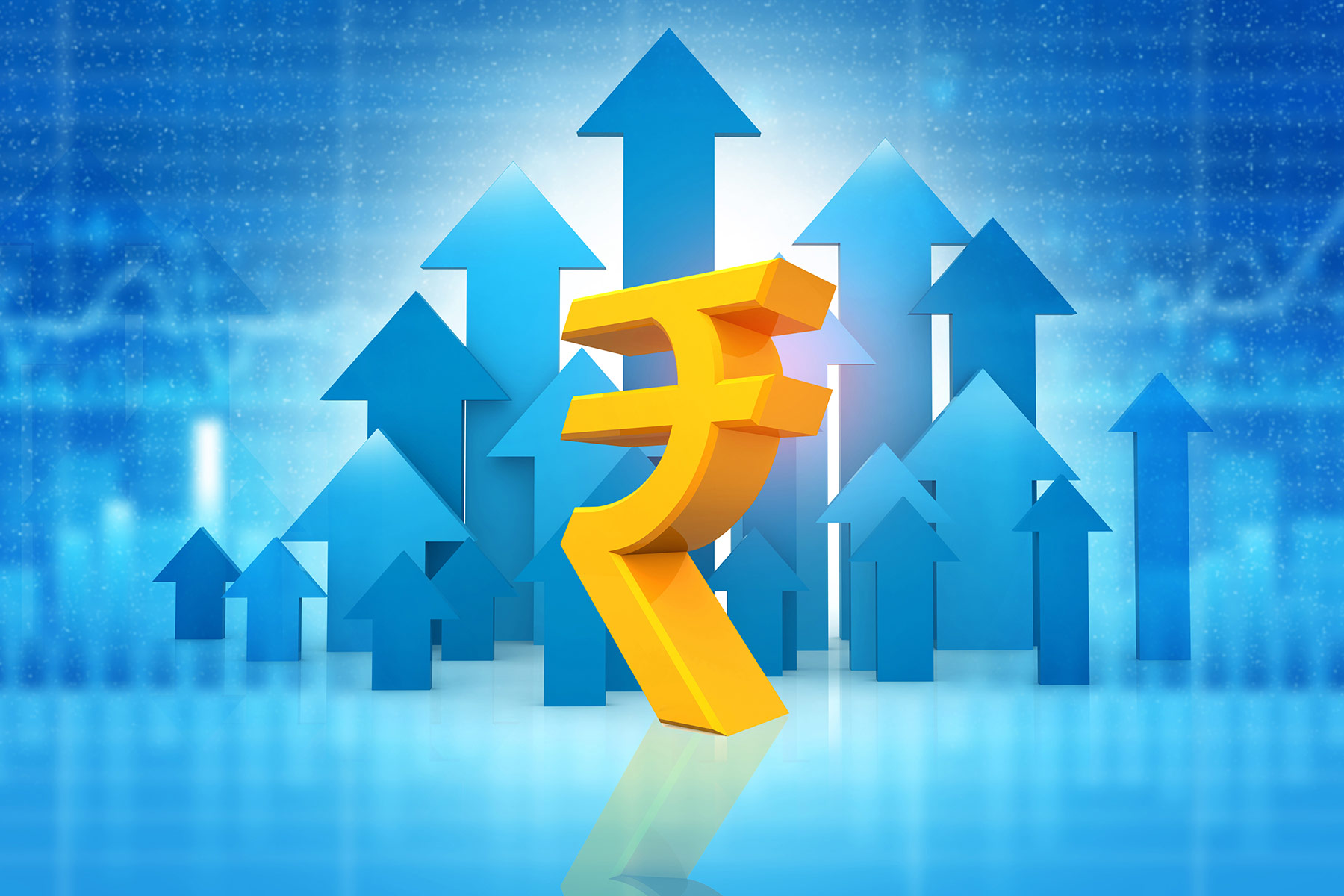Why Do Foreign Rating Agencies Not Give India A Positive Rating, Despite The Indian Economy Displaying Promising Signs?
In 2022, India's GDP have surpassed $3.5 trillion.

According to the sources, the Indian economy is a bright light in an otherwise bleak globe. However, based on India’s ratings, the country is barely surviving. ‘Spot of light’ India has been an anomaly in recent years, rising faster than other major economies. Despite the ostensibly strong fundamentals driving economic development, the South Asian behemoth has yet to receive a superior sovereign investment grade.
In 2022, India’s GDP have surpassed $3.5 trillion.

Economists predict that India will be the most rapidly expanding G-20 economy in the next years. While many nations continue to deal with rising prices in the aftermath of the epidemic, India appears to be on a much more secure foundation.
Why, therefore, do all 3 global rating agencies, Fitch, S&P, and Moody’s, assign India the lowest investment-grade rating?
The government’s bad fiscal performance and hefty debt stock, as well as the economy’s low GDP per capita, agencies say, undercut India’s superior fundamentals.
The significance of these ratings cannot be overstated since they play a substantial role in how foreign investors assess the country’s creditworthiness and influence borrowing prices. Many people feel that a company’s rating cannot be higher than that of its country. Hence ratings are important for Indian enterprises who want to borrow money from outside.
In a meeting with Moody’s, ministry officials have resolved to highlight India’s solid economic fundamentals and argue for a sovereign rating improvement.
Among all indicators, the Indian government’s debt appears to be the most significant impediment to a top investment grade. The general government debt-to-Gross Domestic Product ratio has reached an all-time high of 84%, worsened by the Covid-19 pandemic. The current Baa-rated median for this ratio is roughly 56%.

According to rating firm CareEdge, the general government debt-to-GDP ratio would gradually decline to reach the pre-pandemic level of 70% by FY29, then fall to 68% by FY30 (still higher than the FRBM Act objective of 60%).
Furthermore, India has low debt affordability when it comes to general government interest expense as a proportion of revenues, which is anticipated at 26% for FY23 in India, compared to the Baa median of roughly 8.4%.
Nonetheless, it should be remembered that about 97 per cent of India’s debt is domestic. Default is not a possibility. Furthermore, India has a large amount of foreign currency reserves, which reduces its external vulnerability, according to CareEdge’s Chief Economist Rajani Sinha.
Another aspect contributing to India’s poor sovereign grade is its low per capita income.
Since 2014-15, when the Narendra Modi-led NDA came to power, the country’s per capita income has more than quadrupled to Rs 1,72,000 in nominal terms. However, unequal wealth distribution remains a problem, worsened by the Covid-19 epidemic that caused the ‘K-shaped’ growth anomaly.
When you look at GDP in current values, the rise is significantly smaller when inflation is included, according to economist Jayati Ghosh. The richest 10% of the population has reaped the brunt of this rise. According to the former JNU professor, median incomes are declining and may even be falling in real terms.

India’s low per capita income is a crucial factor in lowering India’s sovereign grade. There has been a K-shaped recovery following the epidemic, but Sinha believes this is a transitory distortion.
According to the fiscal consolidation plan, the Central government wants to reduce India’s budget deficit to less than 4.5 per cent of GDP by FY26. The discrepancy between government expenditure and revenue is referred to as the fiscal deficit.
The fiscal deficit in India fell to 6.4% of GDP in FY23, down from 6.7% in FY22. The current fiscal year’s deficit is budgeted to be 5.9 per cent of GDP.
According to reports, Economic Affairs Secretary Ajay Seth, Chief Economic Advisor V Anantha Nageswaran, and other top officials from important ministries would meet with Moody’s to discuss current economic reforms and the government’s emphasis on infrastructure development.
The type of spending is critical since it is regarded as sensible to invest more in capital expenditure than in revenue expenditure.
The overall capital investment spending by the Centre in FY20 was just Rs 3.4 lakh crore. Three years later, the Modi-led BJP government has budgeted Rs 10 lakh crore in public capital spending for FY24.
Rating agencies should consider that the quality of government spending has been increasing. This will boost economic development by creating a higher multiplier effect, according to Sinha.

Lower ratings: Is it a bias or a genuine concern?
India’s displeasure with decreased sovereign ratings is not a new phenomenon. For a long time, policymakers have believed that India’s fundamentals are on par with those of industrialised nations.
Arun Jaitley, the then-finance minister, made his unhappiness known in 2016. He stated that despite the efforts they have made, they had not received full acknowledgement from international bodies for the effort they have put in.
Arvind Subramanian, then-chief economic advisor, criticised the rating agencies’ “poor standards” in the Economic Survey 2016-17. He said that India’s sovereign ratings did not accurately represent the country’s fundamentals and prospects and that they had been static for far too long.
India even advocated for an independent BRICS nations rating agency to provide acceptable rating criteria for developing market economies as an alternative to the three Western rating agencies that control more than 90% of the market.
Later in 2019, Finance Minister Nirmala Sitharaman met with credit rating agencies to discuss their risk-evaluation methodology and whether ratings reflected real-world assessments.
Governments and rating agencies frequently consult and assess each other. Nonetheless, as in prior cases, the meeting between FinMin officials and Moody’s on Friday is unlikely to yield results, according to Madan Sabnavis, Chief Economist at Bank of Baroda. He stated that they do not anticipate anything happening. Because of a fixed attitude, India’s ranking will remain unchanged. There is a conceptual obstacle that says developing markets cannot rise over a certain threshold. India has never defaulted, and it has never come near. Except for 1991-92, there has never been a crisis-like scenario.
Conclusion.
‘Spot of light’ has been an anomaly in recent years, rising faster than other major economies. Despite apparently strong foundations backing economic development, the South Asian behemoth has yet to receive a higher sovereign investment grade. What can the Narendra Modi government do to help!
Proofread & Published By Naveenika Chauhan




